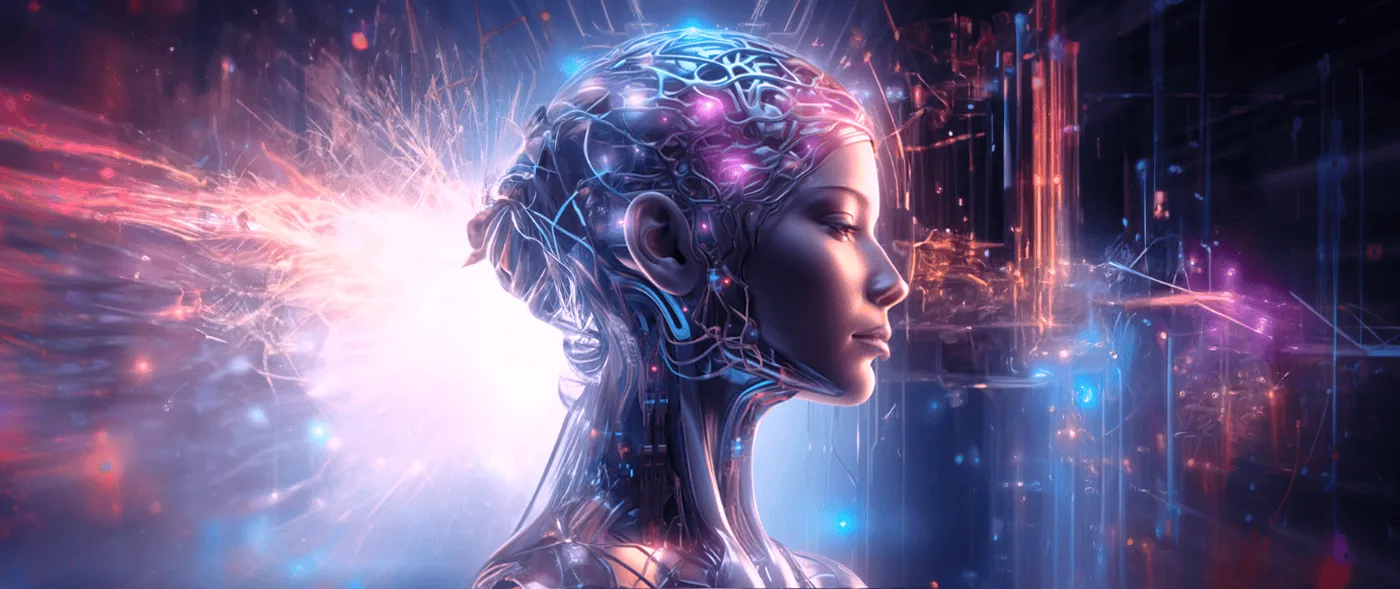The Intricacies of Artificial Intelligence: An Exploration of Neural Networks
Explore the fundamentals of artificial intelligence and neural networks. Learn how these networks learn, evolve, and optimize through a method called gradient descent.
Written by: Blackstone Team
3 min

Artificial intelligence (AI) is intelligence demonstrated by machines, in contrast to the natural intelligence displayed by humans and other animals. It encompasses the ability to learn, reason, generalize, and infer meaning. Tasks in which AI is utilized include speech recognition, computer vision, translation between languages, and other mappings of inputs.
Applications of AI can be found in web search engines, recommendation systems, voice recognition systems, self-driving cars, generative tools, automated decision-making, and high-level strategic game systems. However, as machines become increasingly capable, tasks previously considered to require "intelligence" are often removed from the definition of AI, a phenomenon known as the AI effect.
AI was founded as an academic discipline in 1956 and has since experienced several waves of optimism, followed by disappointment, loss of funding, and resurgence with new approaches and successes. AI research has tried and discarded many different approaches, including simulating the brain, modeling human problem solving, formal logic, large databases of knowledge, and imitating animal behavior.
One of the most common and successful tools used in AI today are neural networks. These are computational models inspired by the human brain's own network of neurons. Neural network models begin as a blank slate, much like newborn babies. They learn from exposure to data, with learning being a process of reducing the error or difference between the network's output and the expected output.
Neural networks can be thought of as a series of connected logistic regression models. Each node in the network represents a logistic regression model that takes in some input, applies a weight to it, and passes it through an activation function. The activation function decides whether the result is significant enough to 'fire' the node and pass the signal along to the next node in the network.
Once a neural network is set up, it needs to be trained. The training process involves initializing the network with random weights and then repeatedly adjusting these weights to minimize the network's error. This adjustment process is guided by an optimization algorithm called gradient descent.
Gradient descent works by calculating the derivative of the loss function with respect to the weights, and then adjusting the weights in the direction that reduces the loss. This process is repeated until the loss cannot be reduced any further, at which point we say the algorithm has 'converged'.
Choosing the step size, or learning rate, for gradient descent is an important part of training a neural network. A large learning rate can lead to large steps that overshoot the minimum, while a small learning rate can lead to a very slow convergence. In practice, the ideal learning rate often needs to be determined through trial and error.
AI and neural networks have proven to be powerful tools for solving complex problems. However, they are not without their challenges. The process of training a neural network, for example, requires careful tuning of parameters and can be computationally intensive. Despite these challenges, the potential applications of AI are vast, making it a rich field for further study and exploration.
Let's get started.
Leverage AI to accelerate your project.
Get the full story on how we can help you get started with your next project.